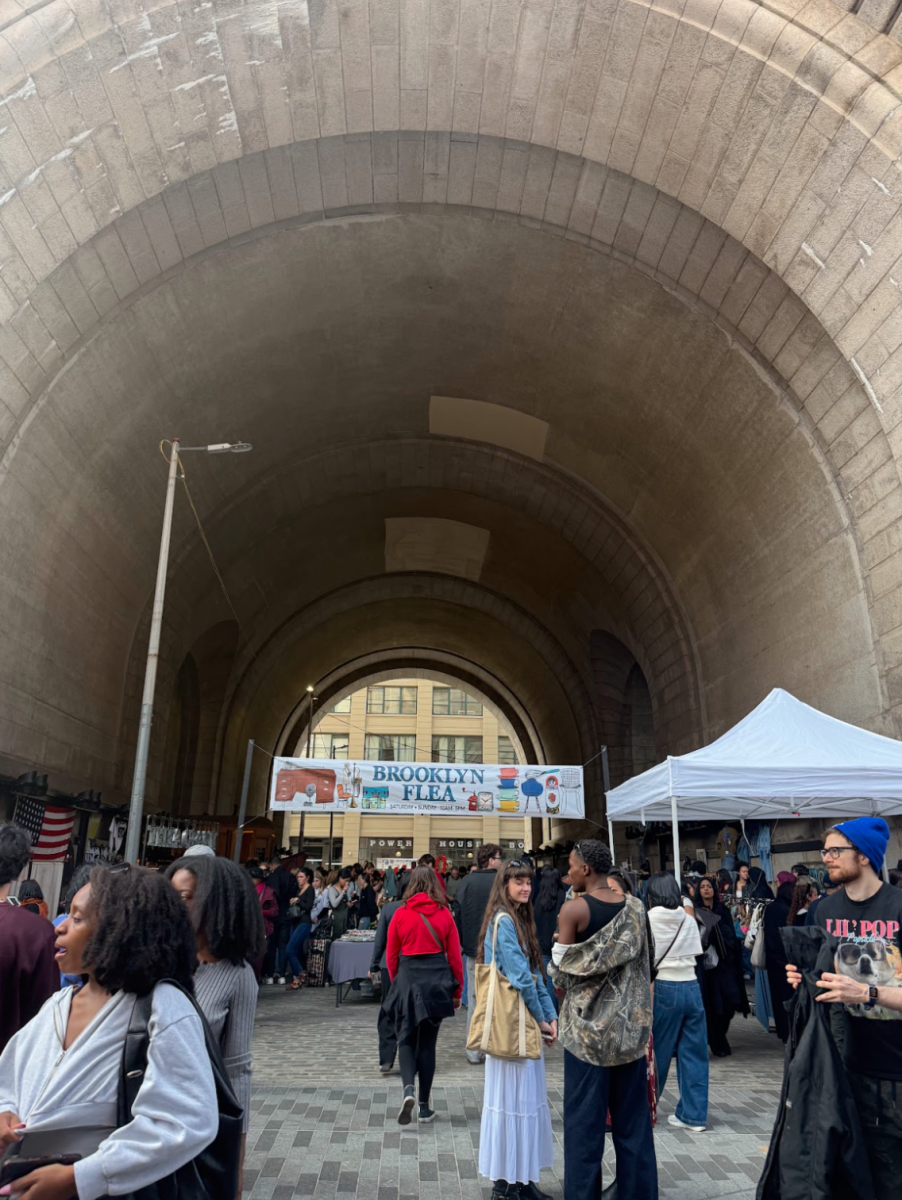By Bailey Hosfelt

Yes, or no? It may seem like a simple question that yields one clear result, but right now in Catalonia, it’s anything but.
In the two weeks following the Oct. 1 referendum that left the region and country rattling with conflicting feelings of elation and anger, optimism and disappointment, comradery and discord, a common inquiry remained: now what?
An overwhelming 92 percent of the voters answered “yes,” which, in the eyes of those who support the creation of a new, independent state, was a victory. But with the number of eligible voters in the region clocking in at 5.3 million, only 43 percent of the population turned out that Sunday. This raises the question of what the majority truly wants.
Given that this referendum was held under such intense scrutiny and condemnation on account of claims of illegality from the Spanish government as well as other international actors, it makes sense that many of those who opposed independence – whether vehemently or otherwise – chose to stay out of the mess.
What is interesting is that this was not the first time the Catalan parliament has put forth a referendum for independence. In fact, unofficial referendums occurred in quite a few Catalan towns in both 2009 and 2011, the pro-independence pathos consistently growing.
Most notably was the non-binding but still illegal referendum held in 2014 that posed two questions: “Do you want Catalonia to become a State?” and (if yes), “do you want this State to be independent?” The outcome, within the same ballpark as the 2017 result, was an 81 percent vote for yes-yes with turnout estimated between 37 and 42 percent.
As our university dean explained in a welcome address turned into an explainer about the political strife and general resistance in the city shared, the Oct. 1 referendum, while illegal, would remain both legitimate and binding in the minds of those pro-independence voters should the outcome be an overwhelming yes.
So that’s why on Oct. 2, the short and long-term future was still subject to interpretation. Prime Minister Mariano Rajoy and the central government in Madrid made it known loud and clear — through word and, when they sent police armed with riot gear and rubber bullets to seize polling stations, action — that this referendum was illegal as stated in the Spanish Constitution and would be challenged.
With Article 155 in his back pocket, which would allow the Spanish government to dissolve the Catalan parliament entirely and place it under Madrid’s jurisdiction, it seemed that Rajoy had the leg up.
But all eyes were on Carles Puigdemont, president of the Generalitat of Catalonia. In his long-awaited speech on Oct. 10, Puigdemont acknowledged that Catalonia had won the right to independence but asked parliament to immediately “suspend the effects of the independence declaration.”
This decision, while a rational move to buy more time and attempt for negotiations with Spain, was extremely ambiguous and swathed in nuance. As the title of The New York Times reporter Raphael Minder’s Times Insider on his coverage of this speech, “I Was in the Room When Catalonia Made History. Or Didn’t? Or Did.”
Catalans, whether pro or anti-independence, were upset by Puigdemont’s non-answer, as it did little to alleviate the state of limbo citizens have found themselves living in. Those who voted yes likely felt slighted, as their once unwavering leader seemed to be backsliding on his own word.
And then this Monday came. Two leaders of the separatist movement (conveniently both named Jordi) were arrested for their involvement in the independence effort. Jordi Cuizart and Jordi Sanchez were both ordered by a judge to be held without bail until potential sedition charges were determined.
In response to this action, spokesperson for the Catalan government Jordi Turull (it’s really that popular) explained to Catalunya Radio that the Spanish state’s action in arresting Cuizart and Sanchez ruined any change of a dialogue between the two governments.
To add more fuel to the fire, Puigdemont wrote to Rajoy also on Monday asking for negotiations to come to some sort of a conclusion for the region, but failed to clarify if he did or didn’t and declare independence from Spain. Like I said, sometimes yes or no isn’t always cut and dry.
Demonstrations show no sign of dying down and calls for the European Union to assist in mediation efforts have, according to The Guardian, “fallen on deaf ears.”
Key leaders ranging from Theresa May to Angela Merkel have vocalized that this is an issue for Spain to handle internally. Rajoy has not shown any inclination to do so, but hopefully he decides to step up to the plate and start a conversation.
There’s no denying that the separatist movement has century-old roots in Catalonia. The clash between the central government with that of the region has picked up steam during the past decade.
From the Siege of Barcelona, which concluded with Catalonia’s defeat as a political entity in 1714, to the fall of Francisco Franco’s dictatorship with his death in 1975, ethnic-based oppression often feels like an open wound in the region.
Catalans have been able to reclaim their culture and language, receiving official recognition in the region, but some are saying coexistence is no longer enough.
It’s naïve to assume a conclusion will come overnight, but the day-to-day sanity of Catalans’ lives are negatively impacted during the interim.
Tensions are high, and at some point a change will have to be made — whether it’s an ambitious restriction of the Spanish Constitution or simply two politicians sitting down across a conference table.
But until then, it isn’t yes or no for Catalonia. Perhaps it never will be.









































































































































































































